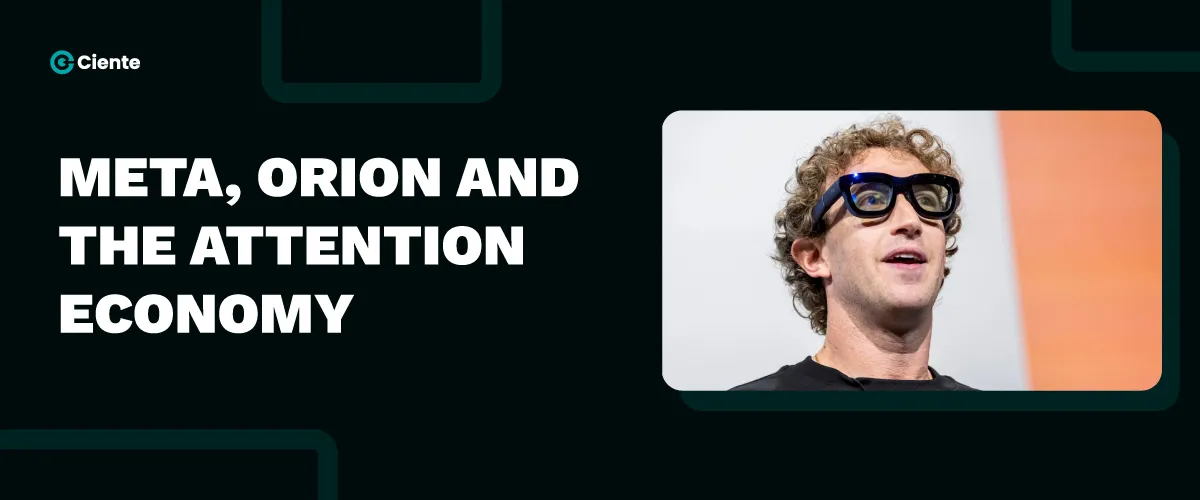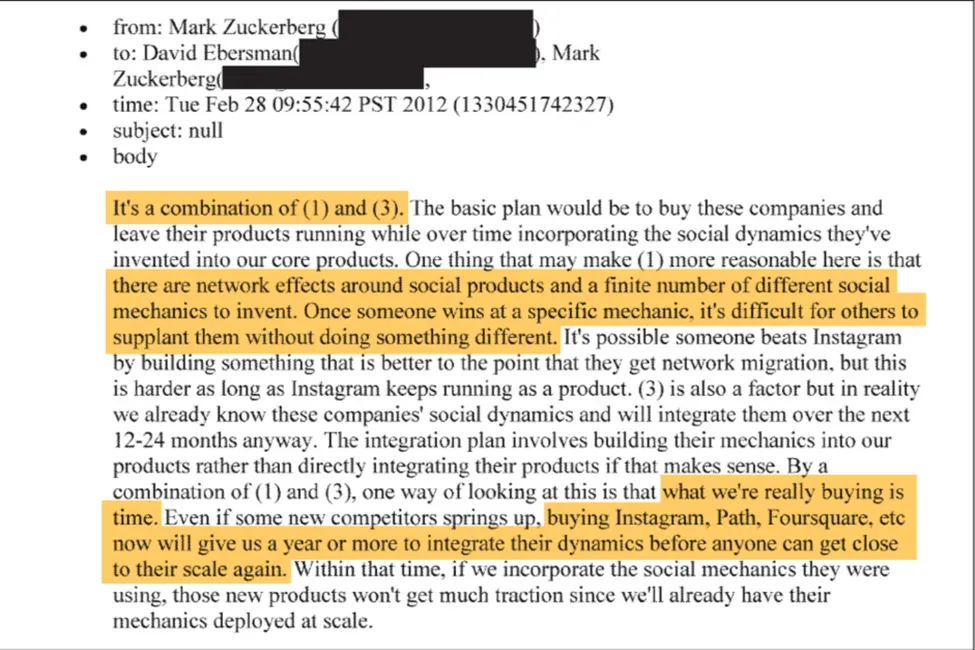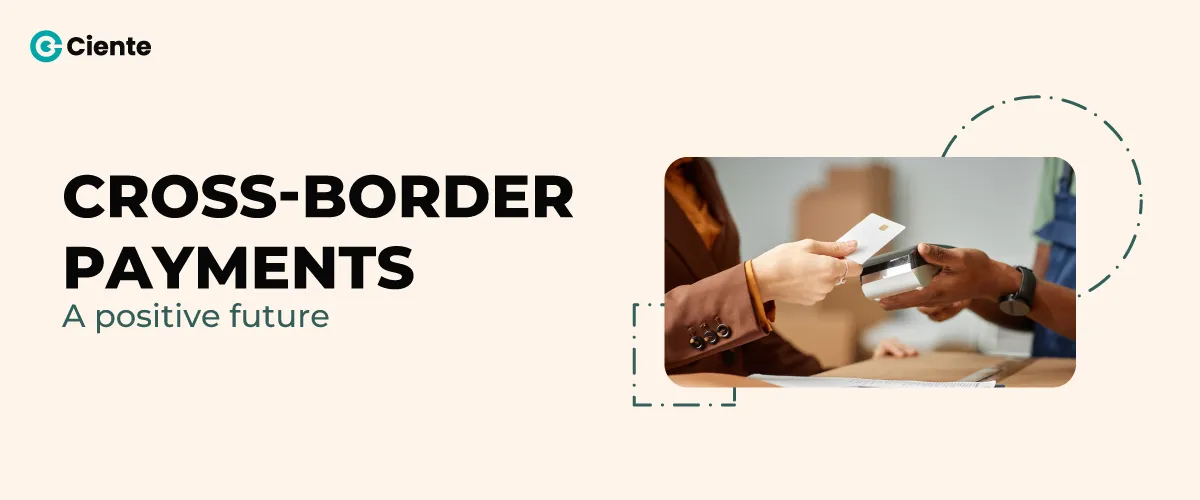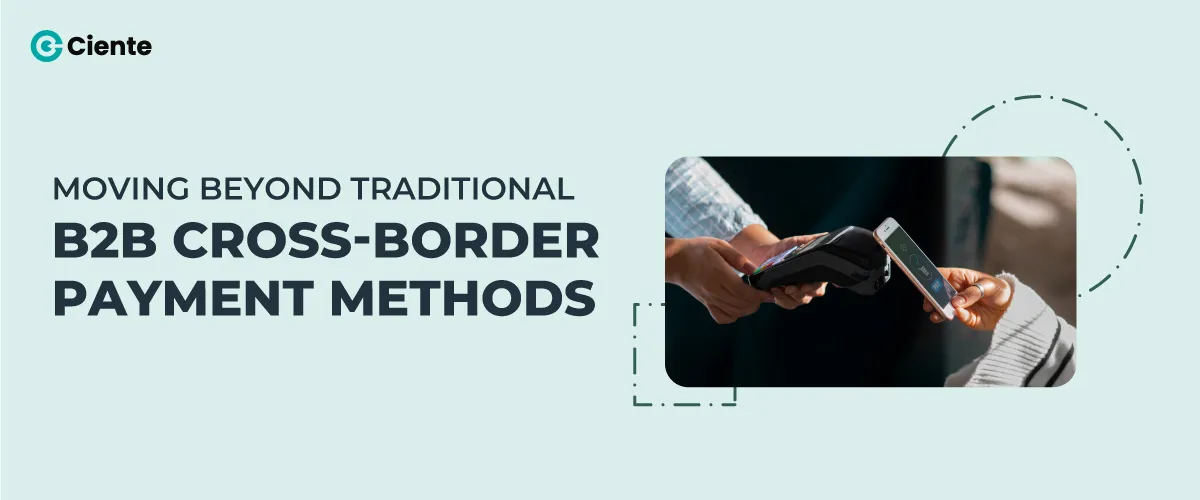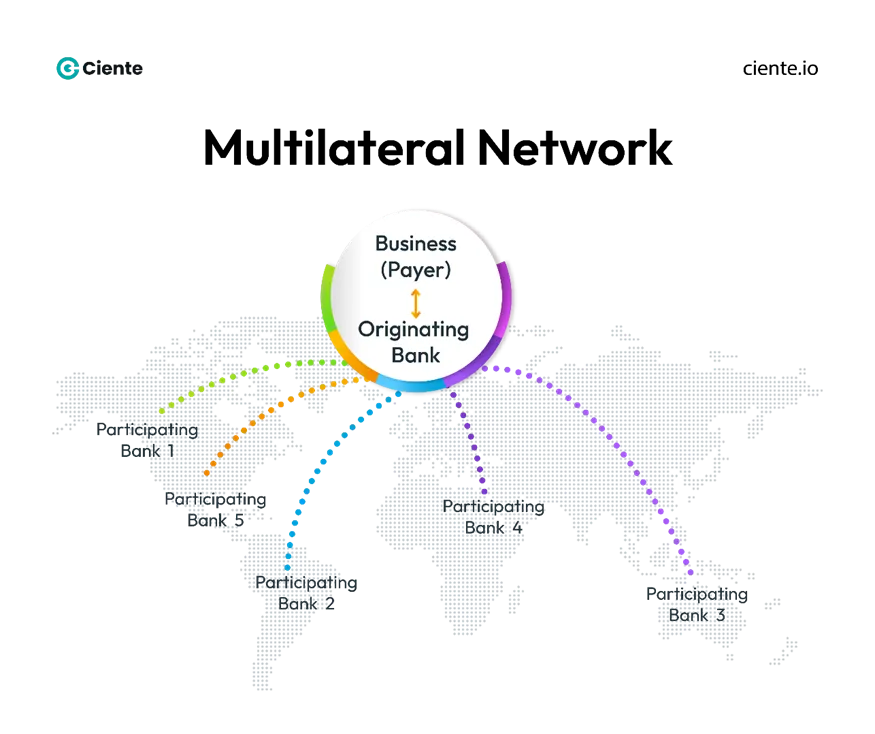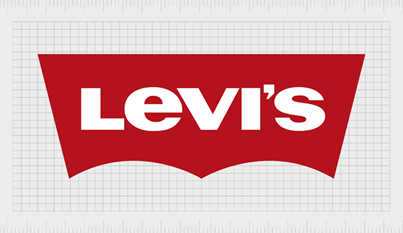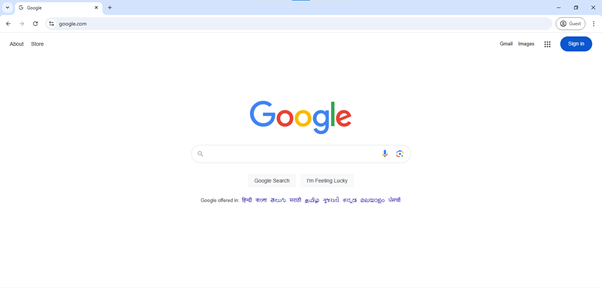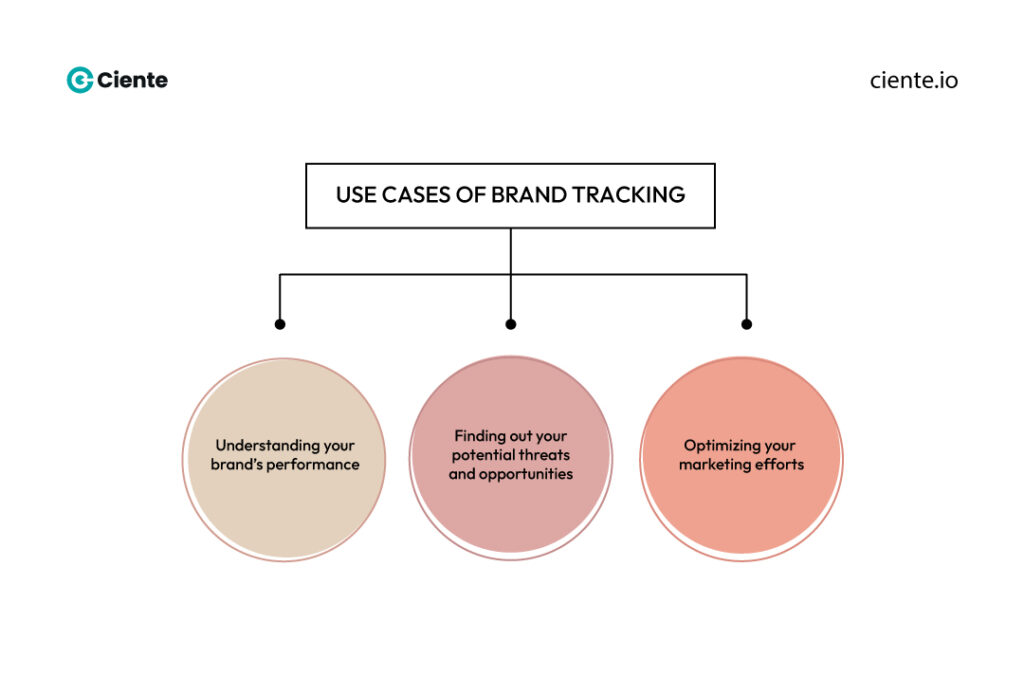Generating Opportunities the Significance of SDRs and BDRs for Businesses
How can brands bridge the gap between marketing efforts and actual sales while addressing dynamic customer preferences and pain points?
Harvard Business Review penned an article on how crucial it is to bridge the gap between external factors that closely impact customers’ lives and how these influence their decision-making.
The major objective of a sales team is to engage prospects and influence them to become paying customers. After all, human behavior is an interplay of stimulus and response. We feed particular knowledge or information to prospects so their response converts into a purchase.
And much of the sales process depends on how you approach and communicate with consumers. It is essential to forge a concrete professional relationship with the potential buyer.
Developing a relationship at this stage is daunting. So, where do you start?
You begin by reading and understanding your target audience. You have to find a balance between taking a customer-centric and patience-centric approach that prioritizes the customer’s pain points and offers them comprehensive solutions.
Sounds simple, right?
This doesn’t even comprise 20% of what we mean when we say that understanding your target audience is crucial. Outlining the factors that influence your prospects – the external ones – should also be considered.
Priorities are shifting with tech advancements taking over the globe in a whirlwind and related cultural shifts impacting what matters to people. This is also the focus of a well-researched and outlined Go-To-Market strategy.
It’s not merely about marketing or sales. Any heterogeneity can lead to organizational complexities and prove detrimental for the sales reps – a combined effort.
A 360-degree approach that aligns all the teams and focuses on just one goal: delivering value to their customers, which is only possible when the strategy works synergistically with the customers. An article by Harvard Business Review on life-centric businesses also alludes to this, asserting that organizations should keep up. With dynamic customer expectations evolving at every turn, solutions to their pain points are not fast and efficient enough.
Acknowledging the diversity of customer expectations is crucial.
After the global pandemic, the face of customers has changed. They have become increasingly self-reliant, whereas businesses continue to perceive them as a source of revenue. Even if embracing tech innovations has made enormous room for smooth communication, we cannot renounce the complexities of the buyer journey.
Customers are inconsistent and spontaneous, which calls for complex, adaptable, and well-rounded solutions. Multi-level sales support is also the need of the hour across the sales landscape.
This is where different representatives come in.
They generally utilize two distinct approaches: a consistent and aggressive one that might draw some prospects in or a more subtle and convincing one that focuses on a group of potential buyers likely to purchase.
These representatives do just that. Within GTM, sales development engages and sparks conversations with potential customers to foster interest in them. The sales development executives are responsible for generating and sourcing new leads.
SDRs and BDRs are in charge of top-of-the-funnel lead generation – either through inbound or outbound activities. They focus on the early stage of opportunities, transforming a cold lead into a warm one – as we know, this is what sales development generally means.
While most companies don’t highlight any clear difference between SDRs and BDRs, there are notable distinctions that we should pay attention to. One of the most crucial ones is whether the sales representative deals with inbound or outbound leads.
SDRs and BDRs can be differentiated according to buying characteristics – intent versus interest – that a prospect shows.
What if the prospect shows no intent?
Isn’t their readiness to purchase that demarcates which executive handles them?
SDRs prioritize inbound leads.
In alignment with this, an SDR or Sales Development Representative manages new buyers and is one of the key players in closing deals. So, what are some of the most required attributes while dealing with new customers? Understanding the products and brand solutions yourself.
Generally, their functionalities are self-directed with minimal to no support. So, previous experience in qualifying leads can go a long way here because of the diversity and complexities inherently present across customer expectations.
The sales executive finds the origins of a specific demand, understand diversity in personnel across buying centers, and map customized solutions to satiate dispersed needs.
So, SDRs assess the customers’ needs and preferences and whether they are interested. There is negligible buying intent here, but interest takes the driving wheel. The characteristic of buying matters the most. The lead might not have a purchasing intent per se, but be inclined to hear what your brand offers. Hence, the SDRs ensure that this lead fits your brand’s ICP and instill help from marketing to identify the target accounts and gather their business data, such as revenue generation. Utilizing the details, they complete the presale tasks – gather the prospect’s data, educate them regarding the solution, and book meetings.
They work as a bridge the gap between the prospects and your solutions.
They follow the inbound approach by qualifying the prospects and guiding them through the sales pipeline until they grow into opportunities.
- In B2B, SDRs’ primary step is to curate the buyer persona or the ICP to demarcate their ideal client.
- They put together a list of prospects and focus on outreach to outline their BANT details. Booking meetings with the client businesses is significant. So, they meticulously consider the qualifying stage to save resources and time.
- Do they fit the ICP? Are they worth pursuing? – These questions are simple but substantial to remember. Underlining the BANT guidelines also helps here.
- SDRs also note the challenges and needs that may stand out while getting to know the prospect. This stage in the sales process seeks new buyers and churns out additional opportunities for existing customers.
- Before finalizing the meetings, SDRs can reach out to the leads again. This is mostly done through email campaigns and content marketing. Their response during this stage holds significance. This can establish whether the leads have any interest at all.
- Encouraging prospects to engage and establishing trust is paramount. While the prospects are researching and considering your proposal, you need to nurture their interest, even if it is minimal.
- The nurturing efforts ultimately translate into booked meetings for the account executives (AEs). Now, an SDR has to prep the executive regarding the client.
This completes the SDR’s prime responsibilities. Their primary goal is to sell the solution to the lead and ensure they don’t lose them across the funnel, or at least how most organizations define this position.
However, BDRs carry different responsibilities.
They focus on potential opportunities, specifically generating leads, instead of qualifying ones they can pass off. Under BDRs, prospects are nurtured through cold emails. The focus is predominantly on curating a relationship first.
Like SDRs, BDRs also ensure that the prospects fit the brand’s ideal buyer persona. However, the inbound leads qualified by the SDRs are forwarded using content marketing techniques, such as leads who download your whitepapers or click on an ad.
Business Development Representatives focus on prospects brought into the funnel through cold emails or cold calls. The key responsbility is developing a relationship.
Why is developing a relationship necessary here – to offer required sales support to the prospects.
As Forbes states:
Business development is long-term value creation for an organization construed by leveraging customers, markets, and relationships.
Business development is not a quick tactic that can contribute to your revenue. But rather about curating value that stays for a long period for consistent business growth.
And where does this long-term value come from? Customers.
As discussed beforehand, customers are at the core of your business. Thus, they should be researched, especially the market they live in.
Of course, we cannot reach a customer if we do not target a particular market. But the notion here is that customers live within those specific markets, and it defines them.
We have come 360 degrees here.
Unlocking new markets can unlock new opportunities for your brand. Irrespective of the geography the prospect is based in, a BDR has to form a strong relationship. Factors such as demographics and lifestyle may work as determinants for BDRs, marking the foundation of their business relationship.
To address customer expectations, understanding those prospects is significant. Sales development plays a huge role in ensuring the GTM strategy is well-aligned and effective. They should develop outreach campaigns and social media strategies to reach potential customers.
The bottom role is generating and managing opportunities that add value to the business.
This has a huge influence on the success, and failure of your sales strategy. Because sales development prioritizes the prospects most likely to convert, i.e., create a pipeline of high-quality leads that fit your ICP.
Thus, saving time and resources to optimize sales processes and elevate customer acquisition.


